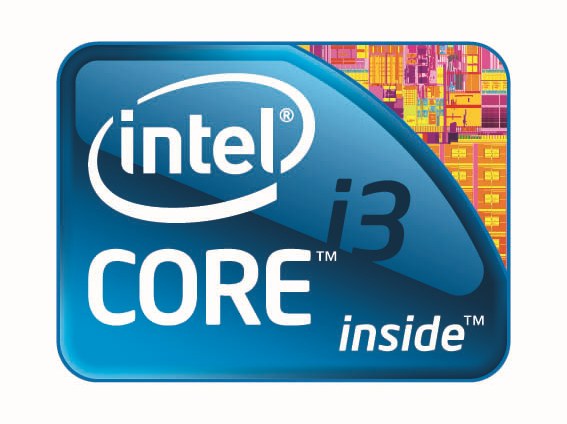Why you can trust TechRadar

Despite the doubled up i3 and i5 branding (more on that in a moment), the 32nm Westmere desktop processors released today are all essentially the same underlying chip, known as Clarkdale.
In CPU terms, it's a low end dual-core offering.
But by virtue of being the first significant PC processor with graphics processing integrated into the CPU package itself, it is nevertheless an extremely important chip.
Indeed, for many PC enthusiasts, the very idea of a CPU-GPU fusion processor is something of an abomination, an unholy alliance that bodes ill for performance.
Whatever the merits, the industry as a whole is adopting an increasingly prophetical tone when discussing fusion processors. Forgive us a Battlestar Galactica-ism, but as Gaius Baltar would say, Clarkdale is the shape of things to come.
Chip off the old block
But is it worthy of BSG's portentous orchestral movements? Well, one thing Westmere isn't, funnily enough, is a single chip. In fact, it's two squeezed into a single processor package.
The first chip, packing two processor cores and cache memory, is fabricated courtesy of Intel's brand spanking new 32nm tech. However, the second, which contains the memory controller, system I/O and that all-important integrated graphics core, defaults to the relatively old school 45nm node.
If that strikes you as something of a hodge-podge of silicon bits, you're on to something. Intel's original plan was almost definitely to put the whole shebang on 32nm. Ultimately, it was decided that attempting a first CPU-GPU fusion chip on a brand new production process was probably asking too much.
A 'true' single-chip fusion processor from Intel will therefore not appear until the end of 2010 and the debut of the new Sandy Bridge architecture - assuming that arrives on time.
Core i-what?
If all that isn't complicated enough, with Clarkdale, Intel continues to insult our sense of logic with its branding strategy. This new processor will be sold as both a Core i3 and a Core i5.
In a way, it makes sense. After all, Intel sells the quad-core Lynnfield processor as both Core i5 and Core i7. But the distinction there was the presence of HyperThreading technology. With Westmere, it's actually Intel's auto-overclocking Turbo Boost feature that makes the difference. Core i5 chips get it, Core i3 chips do not.
The upshot of all this is that consumers will be largely clueless regards the several seriously important differences between the various architectures that underpin the full range of Core i3, i5 and i7 chips.
Unless, that is, they bone up on the the triple digit suffix Intel adds to the branding, for example Core i5 661. And that's not going to happen. So clueless they will remain.
Current page: Intel Core i3: Technical details
Prev Page Intel Core i3: Overview Next Page Intel Core i3: PerformanceTechnology and cars. Increasingly the twain shall meet. Which is handy, because Jeremy (Twitter) is addicted to both. Long-time tech journalist, former editor of iCar magazine and incumbent car guru for T3 magazine, Jeremy reckons in-car technology is about to go thermonuclear. No, not exploding cars. That would be silly. And dangerous. But rather an explosive period of unprecedented innovation. Enjoy the ride.
